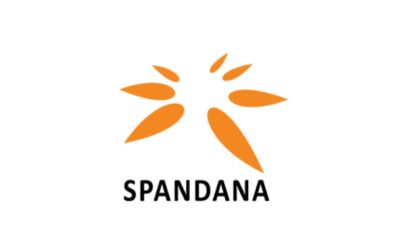Picture your morning commute. You are mentally running through a long list of tasks. As the clerk of a public agency you support several boards, commissions and subcommittees, each with its own schedule and requirements. The role demands constant coordination along with strong organizational skills.
You remember that three commissions have meetings this month and you still need to finalize agendas along with the minutes from previous sessions before sharing them with members. One commission is exploring the idea of creating a citizen subcommittee so you must look into the legal guidelines for establishing one. That means an additional meeting will soon be added to your calendar.
Once you arrive at your desk a resident calls asking how the members of a planning commission voted on a recent issue. Finding the answer takes more time than it should because the minutes for each commission are stored in separate folders.
New applications for commission vacancies are waiting in your inbox although you have not had a moment to review them. You enjoy serving your community yet administrative work sometimes makes it difficult to track board goals or stay current with required training. Most days are manageable but moments like these make you think that there must be a better approach.
Why Managing Multiple Meetings Is So Challenging
Clerks who support several governing bodies must be expert multitaskers. Even the most seasoned professional will struggle to meet every expectation without the right tools and systems.
One of the biggest challenges is preparing agendas for multiple groups while collecting feedback and approvals from board members, commissioners and committee participants. It is also essential to ensure that each group only receives the information intended for them since sensitive materials must remain protected.
Another hurdle is tracking RSVPs and verifying that meeting times do not overlap for individuals who serve on more than one board. These simple logistics can create significant complications.
Open meeting laws in many regions require that agendas and minutes be available to the public. If this information is hard to find on the agency website the clerk must respond to repeated phone calls and emails.
Government bodies at every level are complex networks of boards, commissions and subcommittees with unique legal requirements. Budgets are often tight and administrative teams are expected to carry heavy workloads. This is why many agencies now rely on board management technology that simplifies the entire meeting cycle from scheduling to documentation.
Better Preparation for Every Meeting
Effective meetings begin with good preparation. A strong digital agenda tool can streamline planning by allowing clerks to create agendas, edit them easily and attach supporting documents in one place. Instead of sorting through scattered emails and mixed file formats everything can be assembled within a single platform.
A secure workspace also makes it simple to share agendas with the appropriate members while protecting confidential materials.
Some agencies use virtual workrooms where committees can collaborate privately, schedule meetings, track tasks and receive automated reminders. These features reduce manual work and free clerks from maintaining multiple mailing lists.
What Happens During and After the Meeting
Clear documentation leads to stronger decision-making. Agendas should set expectations for each discussion item including approximate timing and opportunities for public comment.
During meetings clerks are often asked to reference previous votes or verify legal rules related to specific proposals. A centralized library of board documents makes this process much easier and eliminates the need to search through long email threads.
Recording minutes is one of the clerk’s most important responsibilities since minutes are legal records. Modern board management tools assist with drafting and organizing minutes which helps ensure accuracy. Some systems use artificial intelligence to capture action items and key points which can save time when preparing summaries for members and the public.
A good platform also simplifies editing, distributing and archiving minutes. Publishing approved minutes on the public website becomes a quick task rather than a complicated one.
Making Transparency Simple
Community members expect transparency from their governing boards. Livestreaming meetings on the public website is a helpful way to expand access and participation. Some livestream tools can also generate captions for viewers who need them.
If information about meetings is difficult to locate on the agency website the public will contact the clerk for assistance. People often want to know about meeting dates, agendas or past votes.
A dedicated public transparency site allows agencies to share agendas, minutes and related documents in a clear and accessible format. These sites support compliance with open meeting rules and accessibility laws while protecting confidential information. Search tools help community members locate what they need without assistance.
When a resident calls asking how the planning commission voted you no longer need to search through old messages. You can simply direct them to the public site where the information is already posted.
Managing Multiple Meetings Can Be Much Easier
Modern board management solutions help agencies work more efficiently while improving transparency and public access. By reducing repetitive tasks clerks can focus on strategic responsibilities rather than administrative overload.
Imagine starting that same morning commute without the weight of dozens of manual tasks. With streamlined workflows and organized records you can handle multiple boards with the ease of managing just one.
If you want to learn more about how digital tools can support your role you can explore a product demonstration and see how these solutions fit your agency’s needs.




